Six Books on Climate Change for Spring
Our Spring 2016 Climate Change Spotlight took an unconventional approach to the topic, examining not only how it plays out in entertainment media, but how our worldviews impact our interaction with the reality of damaged ecosystems. Religious practice, holy sites, and once pristine locales are at the fore, and these books are fearless in confronting all aspects of ongoing conversations.
When God Isn’t Green
A World-Wide Journey Where Religious Practice and Environmentalism Collide
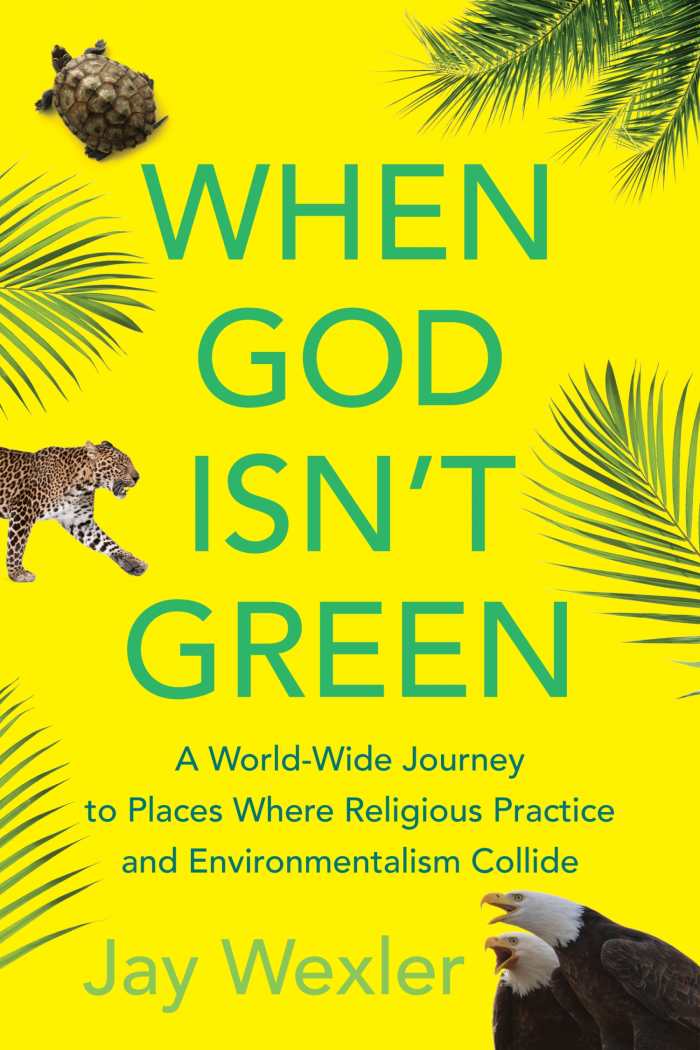
Jay Wexler
Beacon Press
Softcover $20.00 (216pp)
978-0-8070-0192-9
Buy: Local Bookstore (Bookshop)
In this engaging and often entertaining tale, a professor travels the world to find out how religion impacts the environment. Though the book establishes the author’s credentials early on, it goes out of its way to be readable and funny, emphasizing the environmental efforts of ordinary people and engaging exactly the way an academic treatise would not. The book’s strategy is clear: speak to those who have an active stake in environmentally conscious religion. It is a winning plan, and even those who have never before considered the environmental impact of worship practices will find themselves engaged.
When God Isn’t Green is frank about the harmful side effects of religious practices, from the Catholic Church’s appetite for tropical palm fronds to the Hindu practice of submerging painted statues of Ganesha in open bodies of water. No tradition is spared, but all are treated respectfully. The result is thought-provoking and educational without ever verging on offensive. Wexler’s argument in favor of government regulation of environmentally unsafe religious practices is sure to spark debate across faith communities.
ANNA CALL (February 29, 2016)
Powering Forward
What Every American Should Know About the Energy Revolution
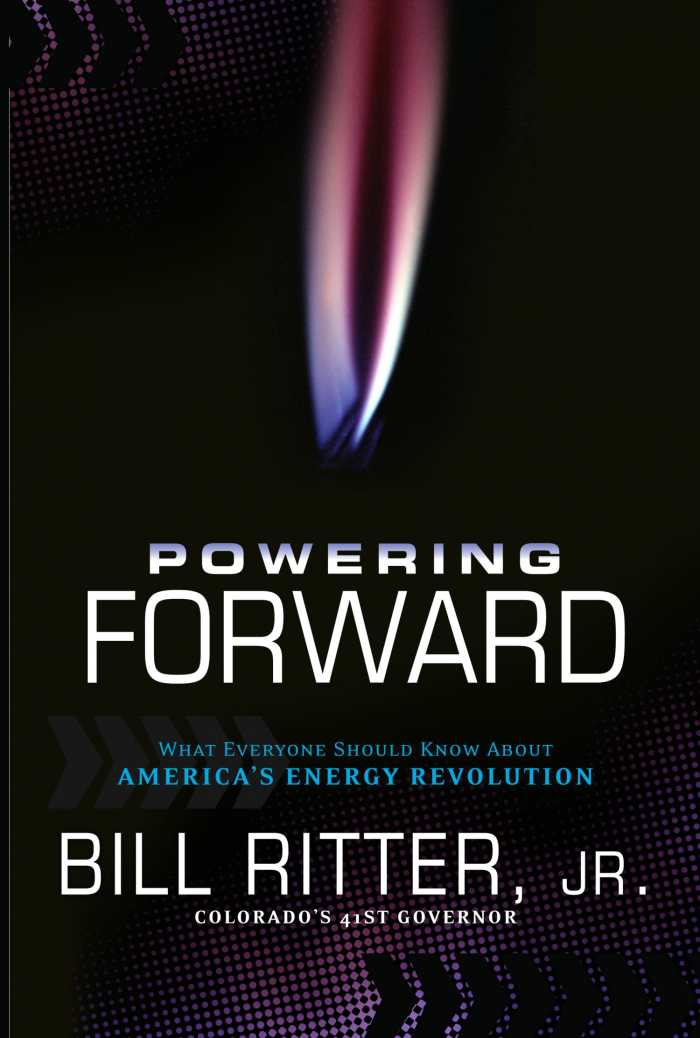
Bill Ritter Jr.
Fulcrum Publishing
Softcover $17.95 (350pp)
978-1-936218-21-9
Buy: Local Bookstore (Bookshop)
In these divisive political times, a nonpartisan book like this one shines with unusual genuinity and earnestness. Reaching across political lines to outline the need for transition to sustainable fuel, former Colorado Gov. Bill Ritter, Jr. makes a compelling case for climate-conscious legislation, especially at the state level. This treatment of such a delicate and explosive issue is nothing short of impressive: this is a book about climate change that could actually change minds. Between the solid research, the lack of political divisiveness, and the author’s dedication to the idea of American leadership in climate change, the book rings with enthusiasm of an infectious variety.
Beginning with a summary of Ritter’s climate-oriented actions during his time as governor, the book rapidly transitions into the structure of a classic argument in favor of revised alternative energy legislation. At points, it presents popular rationalizations opposed to action taken in response to climate change, only to then deconstruct them and offer alternatives. This, combined with a clear and readable style, help make the book fly by.
ANNA CALL (February 29, 2016)
The Dead Sea and the Jordan River
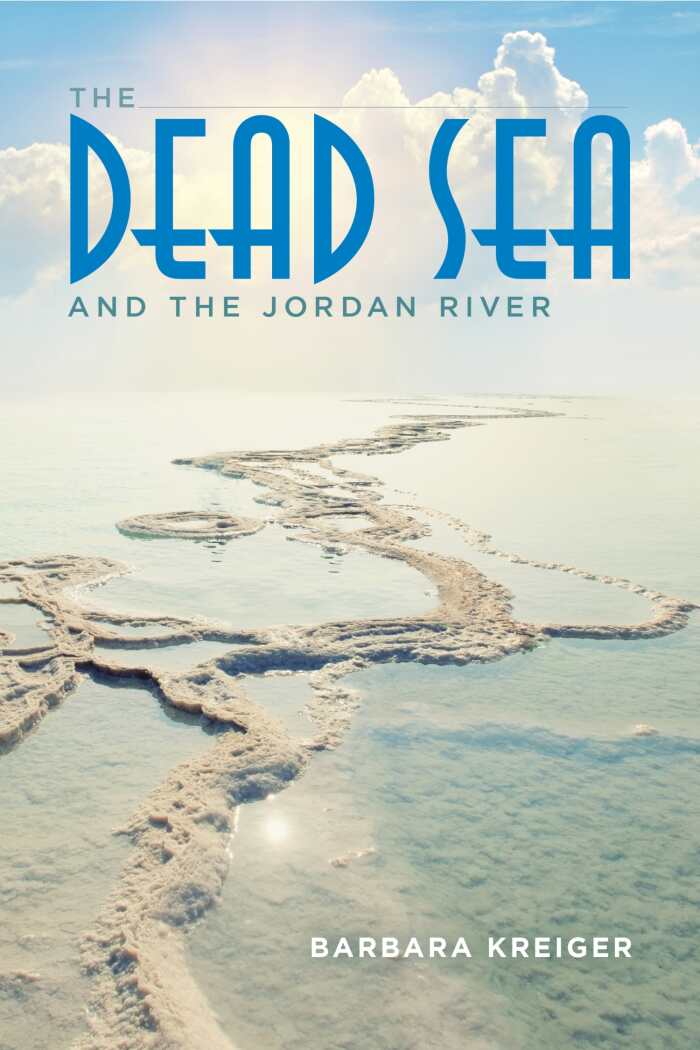
Barbara Kreiger
Indiana University Press
Softcover $28.00 (304pp)
978-0-253-01952-3
Buy: Local Bookstore (Bookshop)
The Dead Sea is a unique subject, located as it is at the intersection of three major religions. Its history is as rich and combustible as might be expected. Students of the Middle East will doubtless find this exhaustive report on the history and geopolitical details of the Dead Sea and the Jordan River indispensable.
Throughout, the book remains tightly focused on the Dead Sea and its surrounding areas. Its focus is history, not only of pilgrims and tourists and governments, but of water levels and the ecological impact of this important body of water. The tight focus gives the book a local, almost claustrophobic, feel and profound depth. A wealth of accounts of the Dead Sea dating back to the Middle Ages help to enliven what might otherwise be a work dominated by political history. The prose often waxes lyrical over the lake’s many wonders and intricacies. Geology, geography, religion and ecology all combine in this thorough review to produce a picture of the Dead Sea that is rarely seen by outsiders.
The book is scholarly, though often poetic, and is an excellent resource for all things Dead Sea.
ANNA CALL (February 29, 2016)
The End
What Science and Religion Tell Us about the Apocalypse
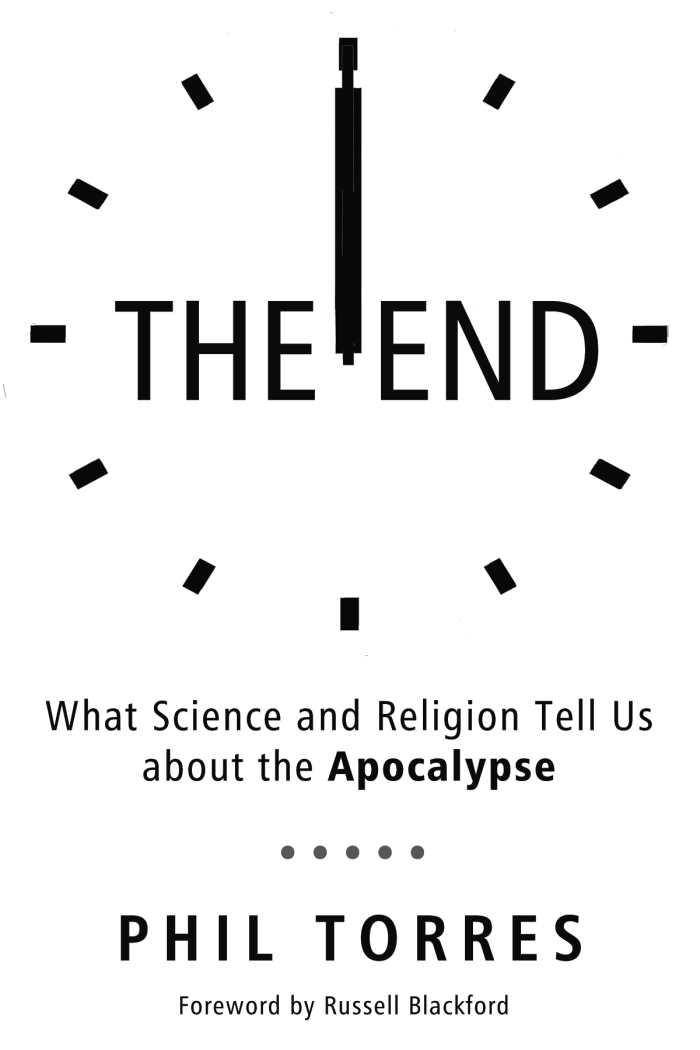
Phil Torres
Pitchstone Publishing
Softcover $14.95 (288pp)
978-1-63431-040-6
There are many possibilities for humankind’s final demise, but some are closer than others. In The End, Phil Torres has created a thoroughly researched treatise of doom, investigating fates as cosmic as the heat death of the universe and as provincial as a terrorist nuclear attack. Throughout, he relates possible annihilations to religious factors, primarily focusing on Christian, Muslim, and Jewish groups that try to impact the world in such a way as to bring about religious apocalypses.
Needless to say, The End will almost definitely inspire controversy among religious groups. It focuses particularly on Muslim extremism, providing analysis of the apocalyptic motivations of the Islamic State and Al-Qaeda that may prove enlightening to Western audiences and may offend Muslim ones. However, the religious criticisms only go so far as apocalyptic beliefs. Most of the catastrophes Torres relates are secular in nature. The intense detail into which he delves may give his intended audience deeper background into hazards that most people are at least peripherally aware of, and the intense research will serve to uphold the book’s factual claims, if not its opinions on religious activity.
The subject matter is necessarily grim, but the style is not salacious or otherwise over-the-top. Instead, the book seems to strive to present a logical picture of the dangers at hand and their possible solutions, as though it were a report written for policymakers.
ANNA CALL (February 29, 2016)
Endangered Edens
Exploring the Arctic National Wildlife Refuge, Costa Rica, the Everglades, and Puerto Rico
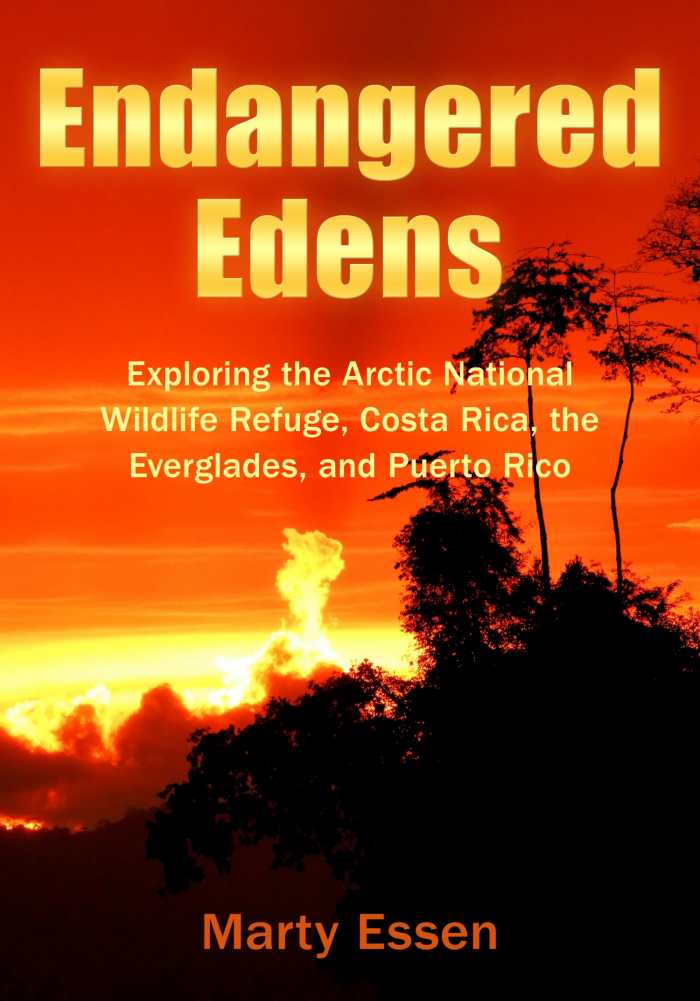
Marty Essen
Encante Press
Softcover $19.95 (152pp)
978-0-9778599-9-3
Over four trips to wild places, photographer Marty Essen documents the natural world, highlighting areas that are susceptible to human impact. Endangered Edens’ primary strength is its many glossy, high-quality photos of wildlife. From alligators to caribou, the visuals in the book are both stunning and informative, bolstered by the author’s deep knowledge of butterfly and bird species. In giving factual details about each animal, the book allows the captured image to take on extra life. It also covers travel and vacation experiences, and can be read as a travelogue.
The text is a fine example of a photographer discussing craft. The author’s passion for capturing wildlife photos is clear in the text, almost more so than the book’s other message: environmental endangerment. In fact, environmentalism is a tertiary theme here, coming after photography and accounts of the adventures of Marty Essen and his wife, Deb. The result is a charming but very personal book that sometimes verges on a review of various travel services. For the environmentally minded, they could serve as validation and a reminder of the importance of the natural world. The book’s four long essays, each focusing on a different journey, make the book easy to set aside and pick up again, and the writing style enhances the book’s readability.
ANNA CALL (February 29, 2016)
Climate Trauma
Foreseeing the Future in Dystopian Film and Fiction
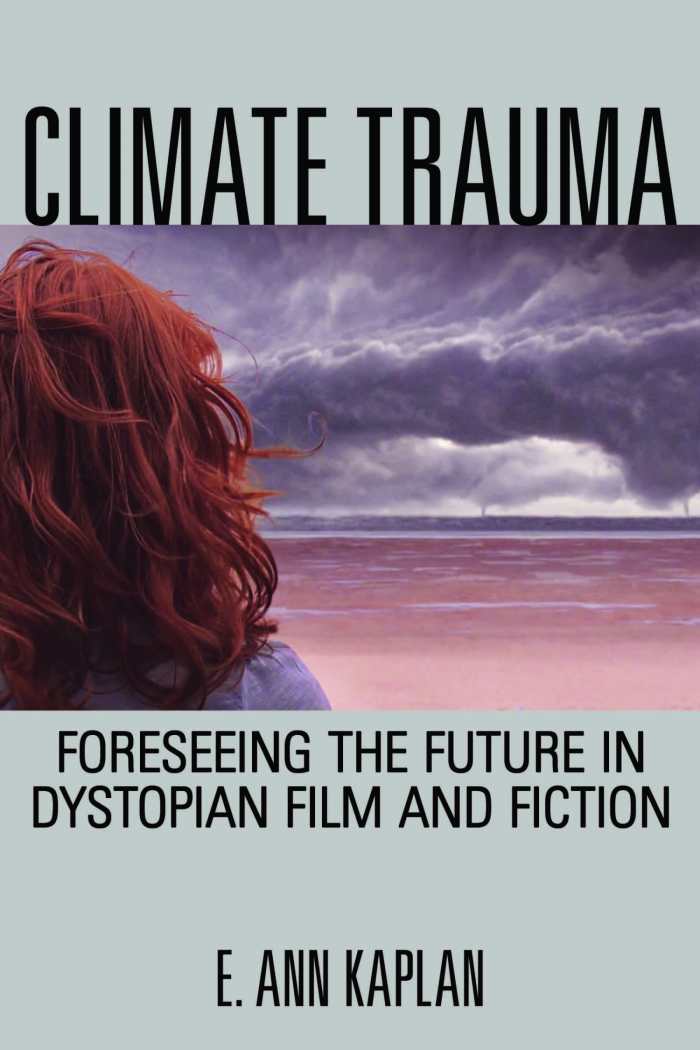
E. Ann Kaplan
Rutgers University Press
Softcover $27.95 (208pp)
978-0-8135-6399-2
Buy: Local Bookstore (Bookshop)
Utilizing the concept of “pre-trauma” to describe various forms of media that anticipate disaster, this book discusses apocalyptic film and literature as manifestations of collective fears about the environment. To accomplish this, the author levies the study of Freudian psychology and a number of thinkers who deal with how people handle trauma. Despite invoking post-traumatic stress disorder as a foil to the proposed pre-trauma, Climate Trauma deals with the concept only as a cultural construct in the realm of entertainment. The dense treatment requires pre-knowledge of established thought in the areas of psychology, philosophy, and feminism. However, the fact that the book analyzes popular movies, such as Children of Men, broadens its base. In fact, most of the material with which the book deals are broad-release films that most audiences would be familiar with already.
The book occasionally stretches its premise, grouping works like The Handmaid’s Tale into the general category of climate disasters on the basis of the fact that the climate could conceivably be a cause of, for example, species-ending fertility problems. However, the reasoning here is not as sound as the notion that media makers act out society’s anxieties about the future in film and print. When it is on the mark, Climate Trauma treats the subject of climate-specific pre-trauma in a thorough and interesting way, particularly in the cases of the films Take Shelter and The Road.
ANNA CALL (February 29, 2016)

Anna Call is a freelance writer who blogs about science for Foreword Reviews. You can follow her on Twitter @evil_librarian.
Anna Call

